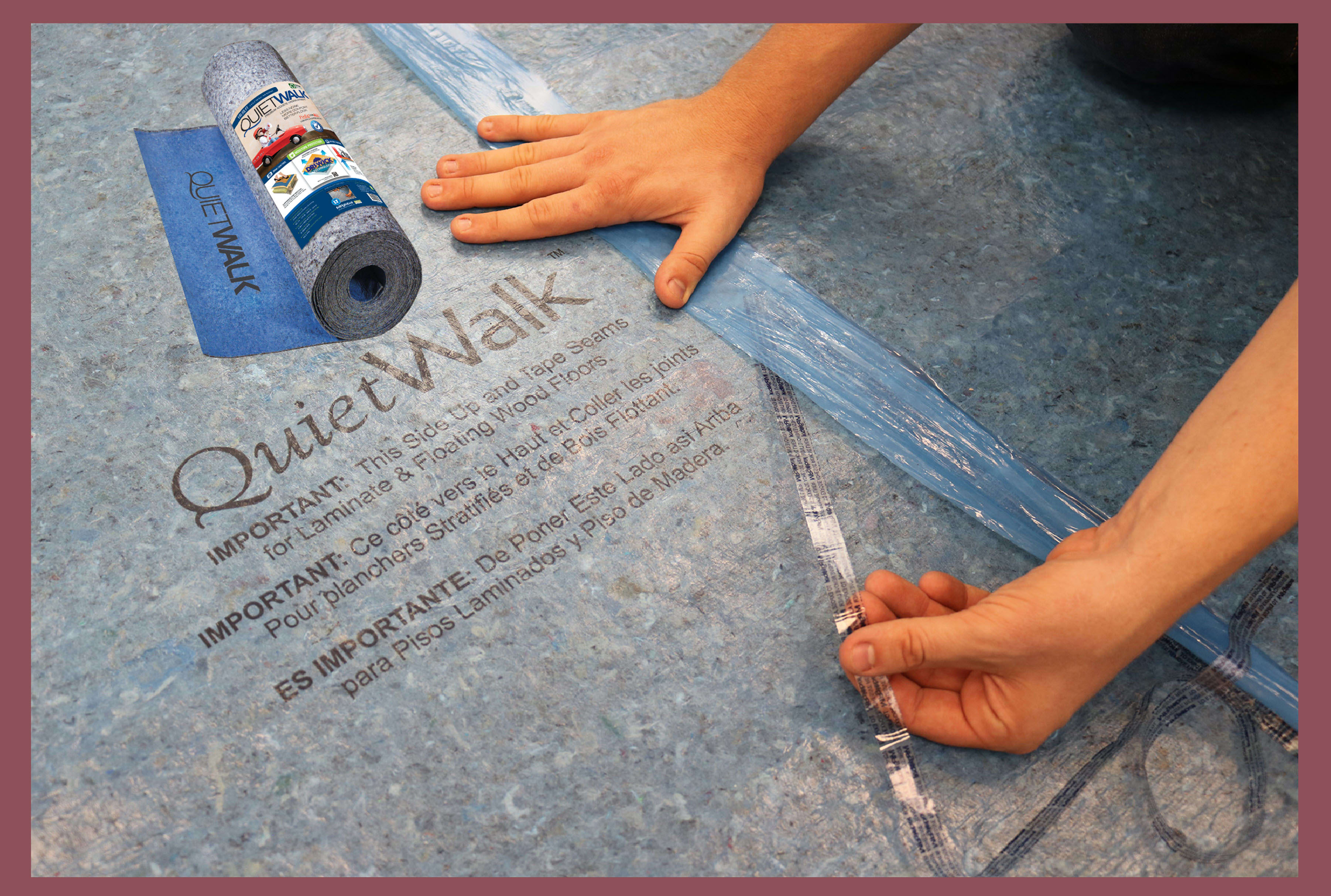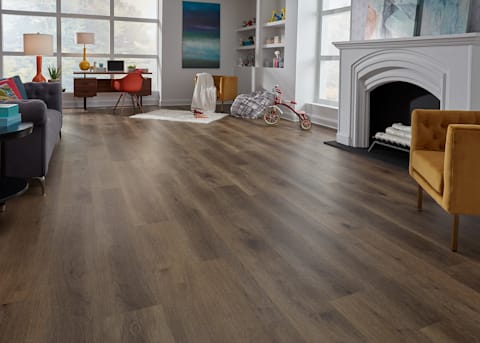- Home
- Education
- Installation Tips and Guides
- How to Install Underlayment for Hardwood, Laminate, & Vinyl Flooring
How to Install Underlayment for Hardwood, Laminate, & Vinyl Flooring
Here are some FAQs you may find below. Please read to learn more, watch this underlayment video, and contact our customer service or visit your closest LL Flooring store with additional questions.
Do I need underlayment if my new flooring has attached padding?
You can still install additional pad or underlayment for extra acoustical and thermal properties and improved comfort underfoot. Always check the flooring installation guidelines for additional underlayment approval.
What is the purpose of underlayment?
To absorb sound, add moisture protection, and improve the comfort of your flooring.
A key element to a successful installation of wood, laminate, or vinyl plank flooring is understanding and using the proper underlayment. So today, I’m going to walk you through just how to do that.
Underlayment is a low-profile, engineered material that rests between your floor and subfloor. Generally speaking, a high-quality underlayment provides sound absorption and helps protect your floor from harmful moisture.
Underlayment will always improve your floor’s performance, and the denser it is, the better. There are a host of benefits to using it.
-First, acoustical underlayment dampens and helps absorb sound transmission, including sounds from walking around.
-It makes walking and standing much more comfortable by adding cushion to a hard-surface floor, and can provide an additional layer of insulation.
-Many underlayments include a moisture vapor protection, helping protect against moisture and mildew, and mold that can build up under your floor.
-Underlayment also smooths out minor imperfections in your subfloor, leading to a more stable and supported floor.
And LL Flooring’s premium underlayments are LEED Certified as “green” products.
There are many types and brands to choose from when selecting your underlayment, so it’s important to know what you’re looking for.
The type of underlayment you need depends on your installation method, the type of material you’re using, and whether you’re installing over wood or concrete.
You’ll also want to consider density, compression, sound transmission, moisture resistance, comfort, and of course cost when choosing your underlayment.
Once you’ve selected the underlayment that’s right for you, installation is relatively easy.
Remember to always refer to the instruction sheet that came with your specific product before starting any project.
First, make sure whatever your subfloor is, flat, clean, and perfectly dry.
Start by lining up the edges of your underlayment against the wall.
Using a sharp utility knife cut it to fit, cutting around any corners or obstacles.
Then continue rolling out strips until you’ve covered the subfloor. It’s important not to layer the underlayment, and have the seams abut together, tape the seams if required.
When installing over concrete it is important to understand that even if your underlayment provides moisture protection, a 6mm poly should be installed forming a barrier, to protect against elevated moisture vapor that may go beyond the underlayment's capability.
As products evolve some underlayments now come with a moisture protection built in. A great example is LL Flooring’s Homelux:

Homelux Premium Floor Underlayment. This amazing product when combined with approved tape provides moisture protection, even over concrete.
(Do not tape over wood subfloors)
Some flooring comes with pad already attached, but you can still install additional pad for extra acoustical and thermal properties and improved comfort underfoot. Always check the flooring installation guidelines for additional underlayment approval.
And that’s it! With the right underlayment, you’re on your way to a beautiful, professional floor that you can enjoy for years to come.
If you have more questions about underlayment, flooring, or the hundreds of ways to improve your home, talk with the experts at LL Flooring.
LL Technical & Installation

Browse the collection of foam, cork, rubber, and fiber underlayments, shop for other supplies for your floor installation, and have them delivered for store pick up, or right to your home.
Follow LL Style on Instagram & Pinterest
ALSO, do you learn about home improvement and design with fun and informative videos? Subscribe to the LL Flooring YouTube Channel to learn more, leave comments or ideas that helped you, and join the community!
In this YouTube Short, LL flooring installation experts Mark and Louie share decades of hands-on experience, showing a dramatic hardwood plank replacement in under a minute!





